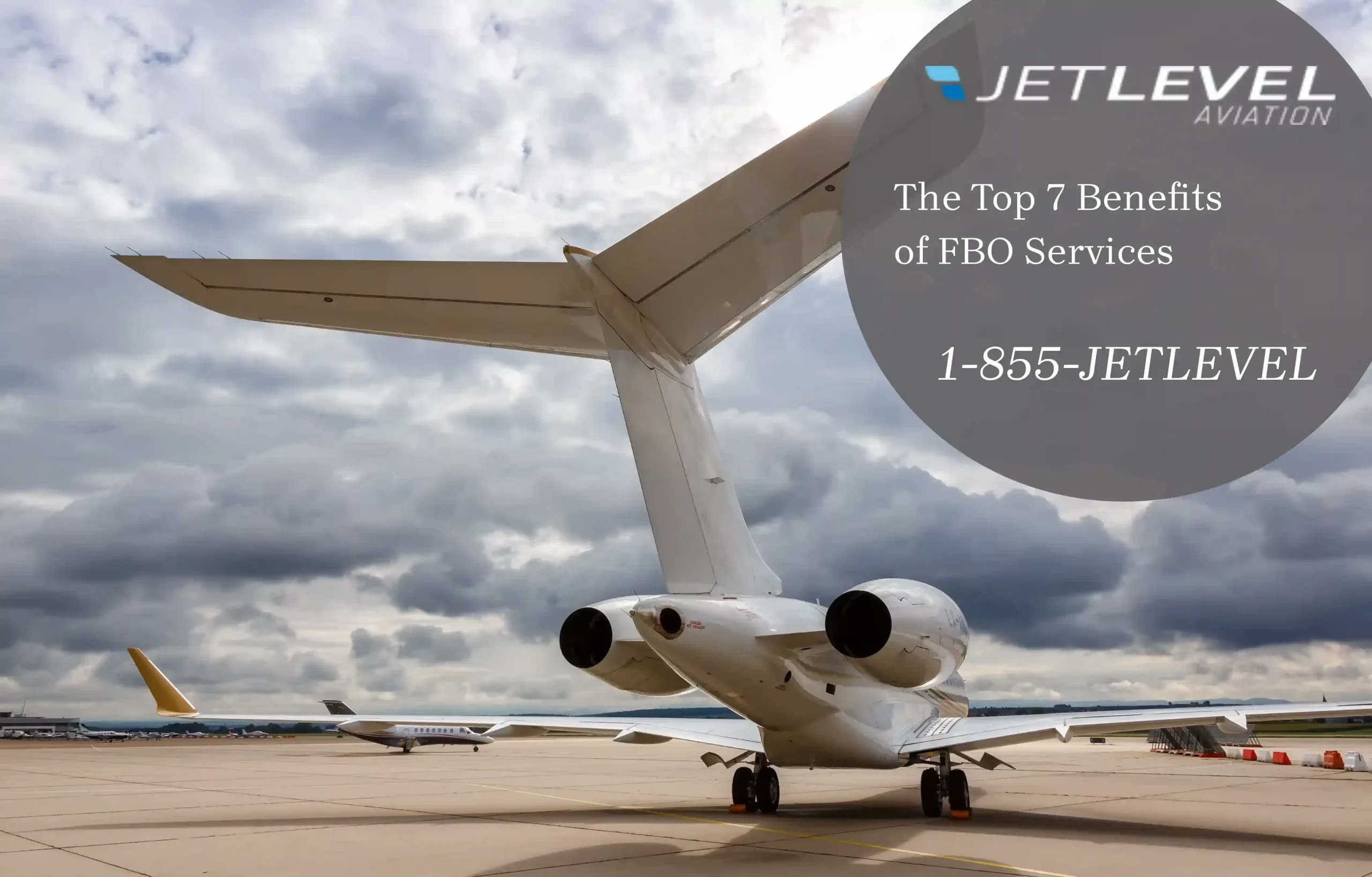
The world of private aviation is governed by a complex web of global safety standards. These standards are designed to ensure the utmost safety and efficiency of private jet operations across international borders. They encompass a wide range of aspects, from aircraft maintenance and pilot training to operational protocols and emergency procedures.
Comparison of Key International Regulations
Comparing international regulations reveals the diversity and complexity of aviation laws around the world. Each region has its own unique set of rules, shaped by local conditions and requirements. Understanding these differences is crucial for private jet operators who navigate multiple jurisdictions. This comparison sheds light on the global effort to maintain safety and standardization in the skies.
Impact on Private Jet Operations
Global safety standards significantly impact the day-to-day operations of private jets. Adherence to these regulations ensures not only the safety of passengers and crew but also the efficiency and reliability of service. Operators must be agile and knowledgeable, adapting to various international requirements while maintaining a high standard of service.
As a seasoned expert in the field, we rigorously adhere to the highest safety standards in every operation. Our expertise extends to a deep understanding of aircraft maintenance nuances and pilot training requirements. For instance, we regularly update our operational protocols to align with the latest safety regulations, such as the European Union Aviation Safety Agency (EASA) standards and the Federal Aviation Administration (FAA) regulations in the United States. This commitment to up-to-date knowledge ensures that our clients always experience the safest and most reliable service.
Country-Specific Safety Protocols
Each country has its own specific safety protocols, which are influenced by its geographic, political, and social landscapes. Understanding these unique requirements is vital for any operator offering international private jet services.
Standardizing Safety in Diverse Airspaces
With the global nature of private jet travel, standardizing safety measures across diverse airspaces is a challenging yet essential endeavor. This standardization ensures a consistent level of safety and operational excellence, regardless of the airspace in which a private jet operates. It’s a collaborative effort involving international regulatory bodies and private aviation stakeholders.
Adapting to Regional Compliance Challenges
Adapting to regional compliance challenges is a dynamic and ongoing process for private jet operators. It requires a deep understanding of regional regulations and the ability to adjust operations accordingly. This adaptability ensures that private jet services remain compliant, safe, and efficient, irrespective of the region.
Future Trends in International Aviation Safety
The future of international aviation safety is shaped by technological advancements, evolving regulations, and the growing demands of global travel. Emerging trends point towards increased automation, enhanced safety protocols, and a more integrated approach to international aviation safety. These developments promise to further elevate the standards of safety and efficiency in private jet travel.
From our years of experience in private aviation, we have witnessed and adapted to significant advancements in aviation safety. We have integrated emerging technologies like advanced flight tracking and real-time weather monitoring systems into our operations. This experience not only demonstrates our adaptability to evolving safety trends but also our proactive approach to leveraging technology for enhanced operational safety and efficiency.


